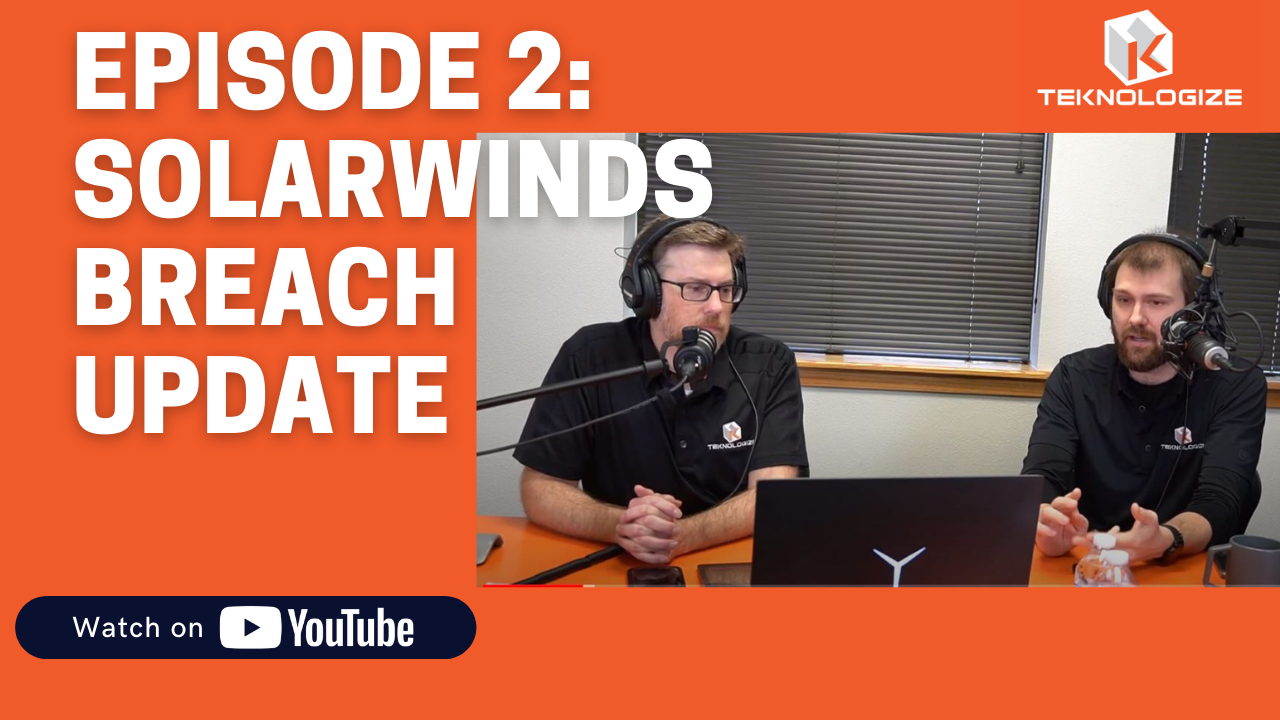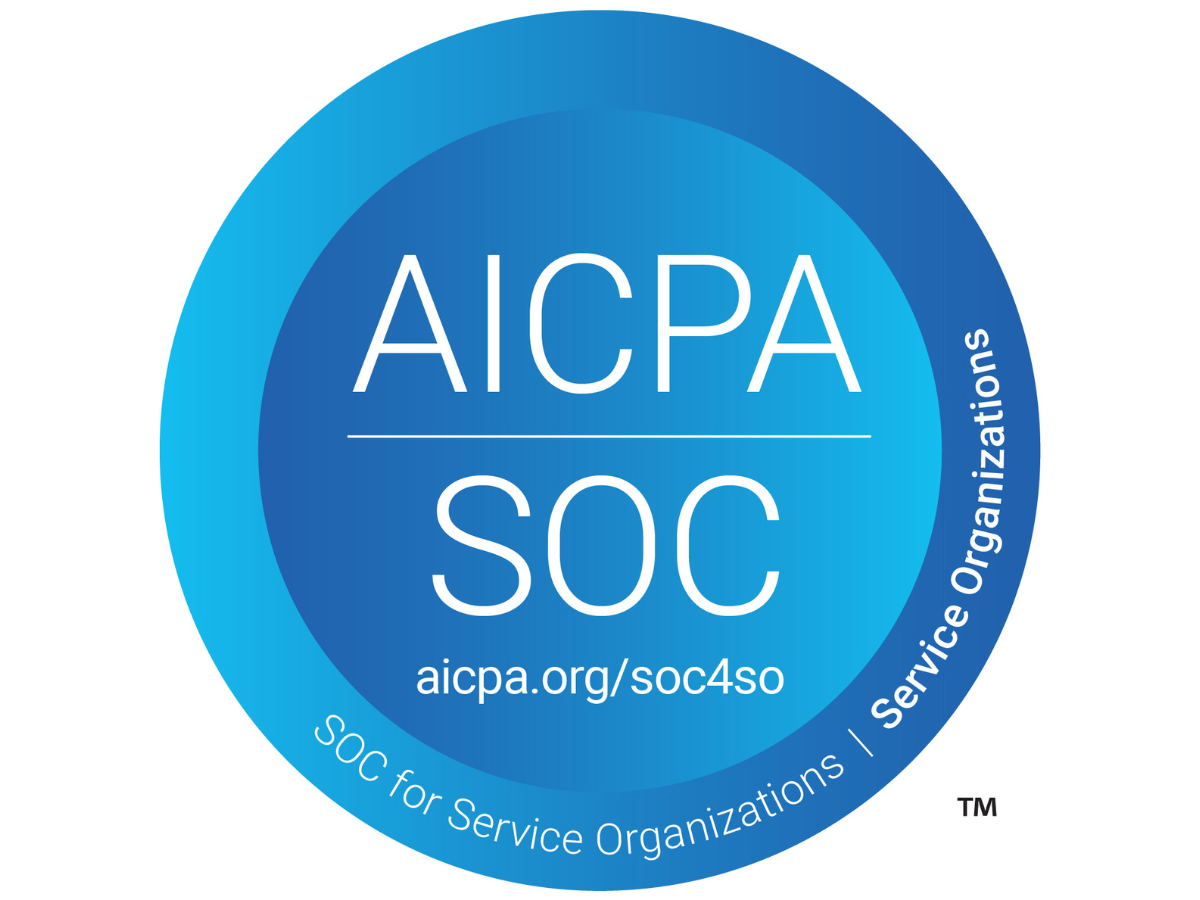Don't Get Caught Off Guard: 5 New Cybersecurity Threats to Prepare For Now
The year 2023 marked a significant turning point for cyber-attacks with the introduction of AI (artificial intelligence), now in the hands of people...

Roughly 198 organizations, overall, were hacked using the SolarWind backdoor, according to Allan Liska, a threat analyst at Recorded Future. Source: Bloomberg
Teknologize CEO, Byron Martin and CTO, Dan Morgan sit down and provide an update to the recent SolarWinds Orion Hack.
Some of the Government agencies breached with known malicious activity:
Some of the Corporate Entities:
No.
Cybersecurity is not just the tools and programs we put in place to help protect and prevent a breach, but it is also having an incident response plan in place if there is a breach, practicing that plan, involving all departments, and ongoing review and training.
Expect a breach to happen. Yes, we need to mitigate threats as much as we can, do everything we can to secure our organizations, and additionally have an Incident Response Plan in place in the event a cyber incident occurs.
What does an Incident Response Plan entail?
A supply chain attack occurs when someone intrudes your system through an outside partner or provider with access to your systems and data, in this case, a software update. This attack can affect all the supplier’s customers. Often hacker groups will find out who is your supply chain specifically to get to a company down the line.
The reality is, it will likely take years to realize who all will be impacted and the full extent of this impact. Took roughly a year to discover the breach and it will likely take multiple years to discover the extent of the damage done, and some of that damage can’t be undone.
Dan Morgan: “every small and medium sized business is probably impacted in some way. As long as you use a computer, or the network, or the internet, you were probably compromised in some way.
Byron Martin: “Dan, I think that’s everybody.”
Hackers have multiple agendas. Typically, money, to steel your data, and to see whose data you have access to.
Teknologize has clients throughout the Pacific Northwest with offices located in the Tri-Cities and Yakima, Washington 509.396.6640 and Bend, Oregon 541.848.6072.

The year 2023 marked a significant turning point for cyber-attacks with the introduction of AI (artificial intelligence), now in the hands of people...

At Teknologize, we continually invest in security best practices to ensure that our client’s data stays safe and secure. As a part of an ongoing...

If you’re hoping to cut costs and boost profitability without compromising productivity or efficiency, assessing the technology you use in day-to-day...